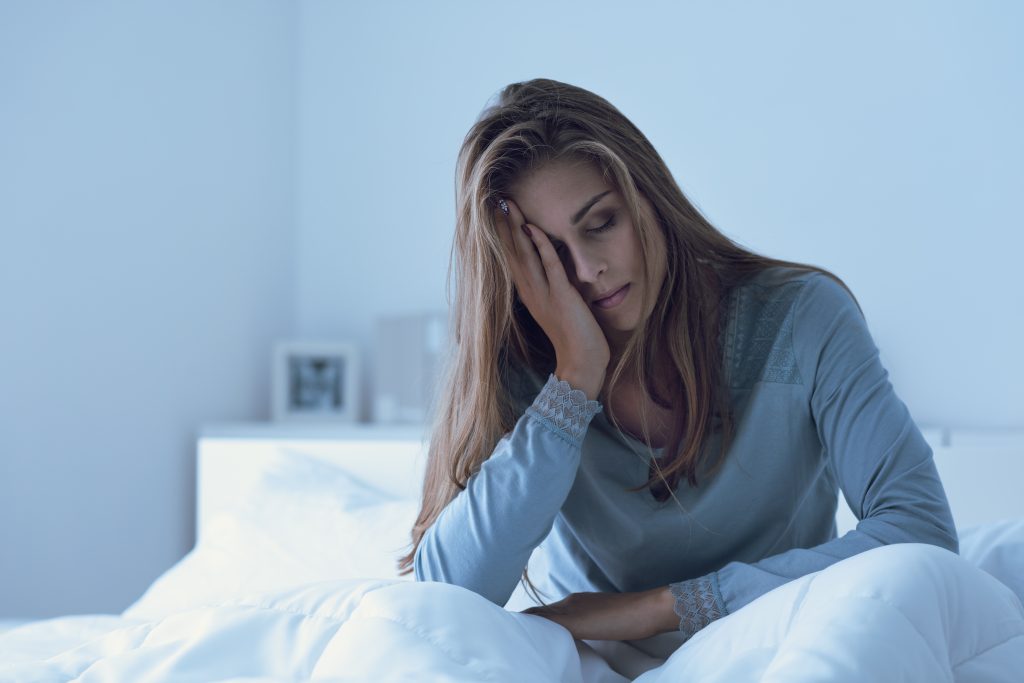Sleep disorders in children and adults
If you, your spouse, family member, or your child wake up tired, sleep deprived, or grumpy, it is easy for that person or yourself to have a sleep disorder. This is not uncommon, because now especially in today’s age when most of us lead a very fast pace of life and due to a bunch of obligations sometimes we have to work or study late into the night, which can cause sleep problems.
At the same time, now in these times when we are surrounded by mobile phones, due to the blue light they emit, they cause eye problems, which can further worsen the quality of sleep. It can happen that one night he can’t sleep lightly because of maybe a big event that happens the next day, but if he can’t sleep easily every night and you turn around all night, wake up during sleep or maybe even sleepwalking, then it’s easy sleep disorder, which is common in both adults and children regardless of age.
How to recognize sleep disorders and types
Sleep disorders are divided into primary and secondary, of which there are over 85 different types. Most common sleep disorder are insomnia, narcolepsy, sleep apnea and restless legs syndrome. Insomnia or insomnia is characterized by symptoms such as drowsiness, fatigue, difficulty concentrating and maintaining attention, muscle aches, depression, tension, anxiety, nervousness, and grumpiness. The person then usually has problems sleeping at night, and during the day he can fall asleep when watching TV, reading a book or even driving a car, or when doing some monotonous, passive things.

Narcolepsy is a syndrome of spontaneous falling asleep, and it can be recognized by symptoms such as drowsiness during the day and the need to sleep when a person wants to be awake. It is closely related to catalepsy, ie sleep paralysis. Sleep apnea is when there is a cessation of breathing that can last from 10 to 30 seconds, after which the person begins to catch his breath in a panic. Restless legs syndrome is when people feel tingling, itching or cramps in their legs during sleep and begin to feel the need to remove them and start moving their legs vigorously.
How to solve a sleep disorder
Insomnia respectively sleep disorder It can also be caused by a number of medical conditions, the most common of which are depression that is almost always associated with sleep disorders, pain caused by art and other rheumatic diseases and other diseases that have nocturnal symptoms, but some medications can cause sleep problems. Sleep disorders can be addressed in two ways, through medication and behavioral sleep strategies, which include limiting where a person sleeps.
In such matters, it is important to determine where a person sleeps, ie to set clear rules for sleeping in bed at night, and not during the day in front of the TV on the couch or even behind the wheel of a car. This is true for both adults and children, and the goal of this strategy is to improve your sleep schedule. Also, sleeping pills can be very helpful for people who simply cannot fall asleep at night, especially if they know how to work night shifts at work.
The four main types of sleep disorders are:
- Problems falling asleep and staying asleep
- Problems staying awake
- Problems keeping a regular sleep-wake schedule
- Unusual behaviors during sleep
Some of the most common sleep disorders include:
- Insomnia
- Snoring and sleep apnea
- Parasomnias
- Sleep paralysis
- Restless legs syndrome
- Periodic limb movements of sleep
- Circadian disorders
- Narcolepsy
Other conditions in which sleep disturbances and excessive daytime sleepiness figure:
- Chronic fatigue syndrome
- Fibromyalgia
- Jet lag
- Seasonal affective disorder (SAD)
What Causes Sleep Disorders?
Sleep disorders have many possible causes, including:
- Genetic predisposition
- Lifestyle factors such as shift work, frequent travel, or irregular schedules
- Mood issues, such as anxiety or depression
- Dietary factors, including too much caffeine or alcohol
- Being overweight or obese
- Medical conditions, including pain, depression, and heart disease
- Certain medications
- Aging
source: verywellhealth